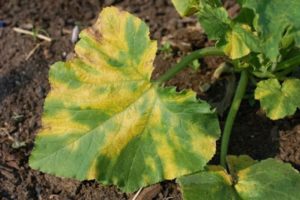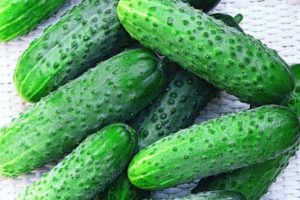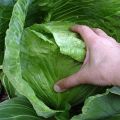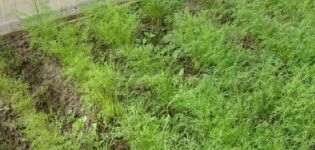What to do with a black leg in cucumbers, how to fight and save
With the beginning of the summer cottage season, professional vegetable growers and amateurs are faced with such a problem as a black leg in cucumber seedlings. It becomes very annoying. The sprouts that have been grown with such love suddenly start to disappear one by one. The downside is that the disease spreads very quickly, and the plant can no longer be saved.
What is the disease
It is very easy to recognize a black leg on cucumbers. The roots of seedlings ready for planting begin to turn yellow. At this time, cotyledon leaves appear.
The root collar of seedlings changes color, acquiring a brown tint. Then a constriction forms on the neck. The color of the lower part of the stem changes to dark green and becomes wet. The root darkens over time and becomes rotten. The lower leaves gradually turn yellow and wither.
How does infection occur
The causative agent of the disease is a fungus that can parasitize not only on the plant itself, but also exists without problems both in the soil and on plant debris. If the soil is not changed and the cucumbers are planted all the time in the same container, fungi accumulate.
Blackleg can be carried with peat, manure and materials intended for sowing and transplanting seedlings.
Spread of the fungus
Blackleg spreads very quickly on an infected plant. The following factors contribute to the acceleration of spread:
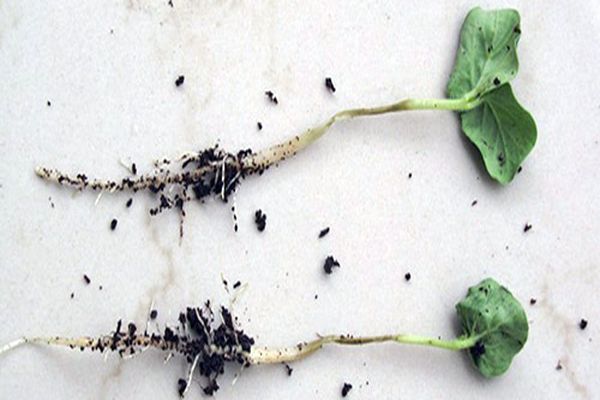
- change in soil temperature during weather changes;
- cold water used to water seedlings;
- decrease in ambient air temperature.
A person does not always take into account such nuances: after all, it's easier than ever to monitor the temperature regime in order to get good seedlings and a bountiful harvest as a result.
Fighting the fungus
How to deal with the disease so that it leaves the summer cottage forever? It is best to prevent the development of the disease in seedlings. For a plant to be healthy and strong, a prerequisite is compliance with preventive measures. Often the buyer does not pay attention to the quality of the seeds and the level of resistance to many factors, thereby making a huge mistake.
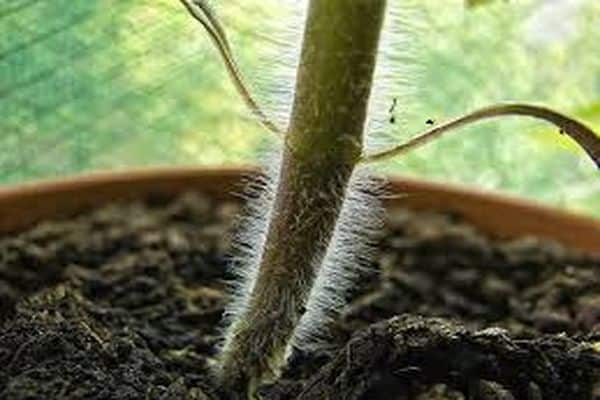
To get strong seedlings and protect them from blacklegs, all sowing and growing rules must be followed. Sow cucumbers not earlier than the specified date. Even if the containers are placed on a windowsill, this does not guarantee that the sprouts will be strong and healthy. In early spring, the windowsill is a pretty cool and dark place for cucumbers. Lack of lighting can lead to a decrease in immunity.
Blackleg control measures - peat pots or tablets. It has been proven that the seedlings grown in them are much less susceptible to rot.The sprouts can be easily dived by replanting them with the peat ball.
Soil and Seed Requirements
Do not plant seeds in uncultivated soil. First, it must be etched. A simple procedure will destroy various bacteria and microorganisms of rot, mold and mildew. The soil is poured with boiling water with the addition of potassium permanganate. After a simple procedure, the soil is allowed to rest for two days. During this period, the land will be prepared for planting the seed. It is strictly forbidden to immediately plant seeds in newly cultivated soil: they can "burn" without sprouting.
A common occurrence after sowing is the appearance of rot on the surface of the soil. To prevent the soil from becoming moldy with each watering, it is recommended to sprinkle the top layer with river sand or ash. The same rule applies to diving. Observing this condition, the top layer of the soil will always remain dry and clean.
Most often, the black leg affects seedlings, the seeds of which were bought from hands on the market. To avoid this, it is recommended to purchase cucumbers exclusively from a specialized store. But if this is not possible, you can do the following. Place the seeds purchased on the market in a solution of potassium permanganate before planting and leave for 35 - 40 minutes.
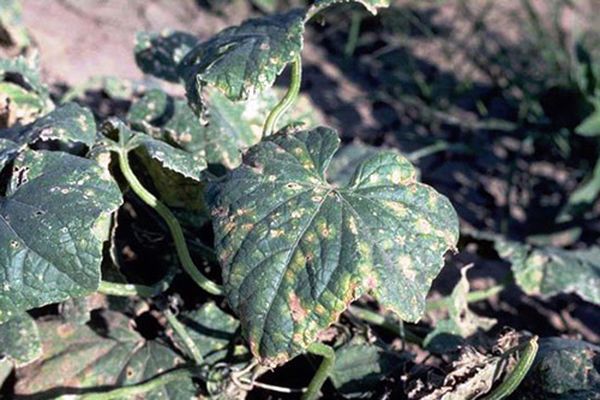
You can also process the seed by other means. Prepare the purchased drug according to the instructions. They can process the roots of cucumber seedlings before planting in the soil. In some cases, it is simply poured into the ground.
Useful Tips
To save the seedlings of cucumbers from a black leg, one should not forget about simple nuances:
- Sow seeds in slightly damp soil.
- Disinfect the soil before planting.
- Stick to moderate watering.
- Observe the planting density.
At the initial signs of blackleg infection, action must be taken. First of all, remove diseased plants, stop watering, and cover the soil itself with ash.
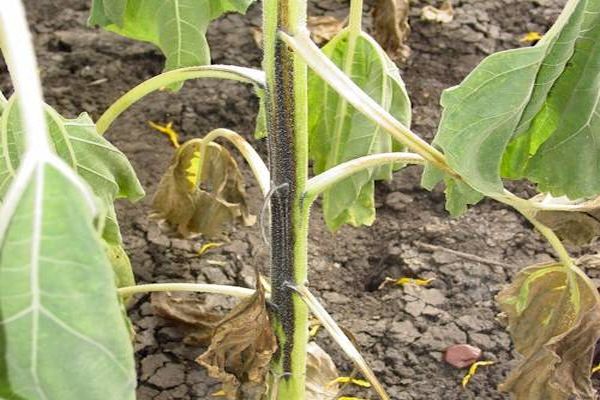
Important
Blackleg is a fungus that lives in any soil. It begins to develop only after the onset of favorable conditions for this.
To get rid of the fungus, first of all, it is recommended to pay attention to the ambient humidity and temperature. These figures should not be high.
The disease is quickly transmitted from one plant to another with insufficient air ventilation. Usually the shoots are very densely planted together. It is better to take out pots with soil for the winter outside. The soil will freeze, and at the same time it will be disinfected.
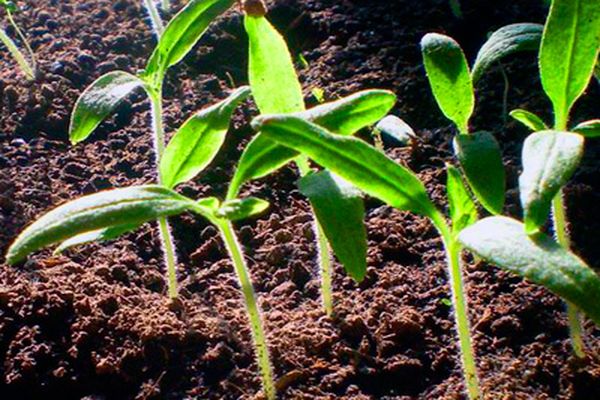
At the first sign of fungus, it is recommended to immediately get rid of the infected sprouts. They can no longer be saved, since the plants are very weakened.
Seedlings should be carefully examined to exclude the possibility of re-infection. You may not notice the beginning signs of the disease and leave the plant, exposing all the seedlings to infection.
Homemade remedy
How to deal with a fungus if healthy seedlings are infected? Experienced summer residents do not recommend getting too carried away with chemicals. Cucumbers can accumulate poisons that will enter the human body along with cooked dishes. In some cases, they only exacerbate the condition of the infected seedlings.
What if a black leg in cucumbers can cause the death of all seedlings? It is worth using products that can be prepared at home. An excellent home-made preparation is a tincture of marigolds and onion peels. They just watered the ground, and not only in infected sprouts, but also healthy ones.
But this option is suitable if the initial signs of the disease have been noticed. Otherwise, the blackened stems are cut, deepening the root so that it can sprout new healthy shoots.If this does not help, then it is better to remove the seedlings completely. This will help preserve some of the cucumbers and get the harvest.
In any case, the disease is better prevented than cured. To prevent a black leg from appearing on the seedlings, you must not neglect the tips for growing. It is worth inspecting each crop daily for the slightest sign of change. Following simple rules, the black leg will not be scary for cucumbers.
